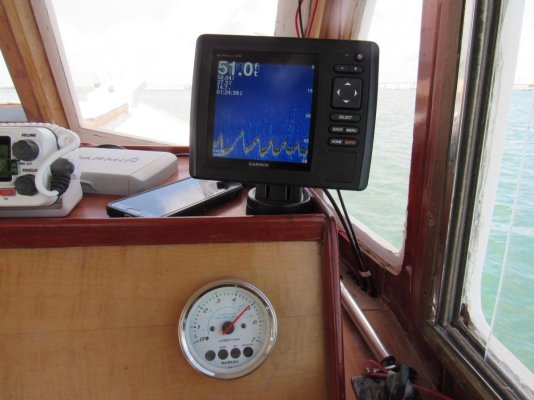Funny you mention planning hulls. While I will not be traveling on a floating condo like many of the boats here, boating in the coastal areas as another member spoke about is about getting from one place to the other with so much of the waters being open water.
And I do have mini creature comforts though, maybe a bit more primitive. But our intent is to travel and visit areas that we have not visited. Its not about being on the boat, kind of like being on a sailboat you know.

But anyway speaking about fuel mileage versus speeds. Since I have almost finished my custom hull, the efficiency is real, versus most of the production models in a similar size and fits on a trailer.
I am using a 115 hp four stroke and this is the results of my current hull speeds on top of the water. My boat is wheeled at 5,800 top end and as it stands now, with it almost fully loaded with work gear to similar weight, a comfortable cruise is around 4,200 rpm. I am running 22.9 mph and burning 3 gallons an hour. At 5,000 rpm I am running 27.3 mph. and burning 4 gallons an hour.
I can cover some ground with my mini condo in those open water as long as the elements are decent with my modified vee hull and still stay on plane when pulling it back to around 3,500, which is in and around 20 mph. given my 15 hours of break in running tests to date. And when my boat is in shallow water and the ditch, it actually picks up some speed with the harmonic lifting from the banks and bottom.





 :lol:
:lol: .
.